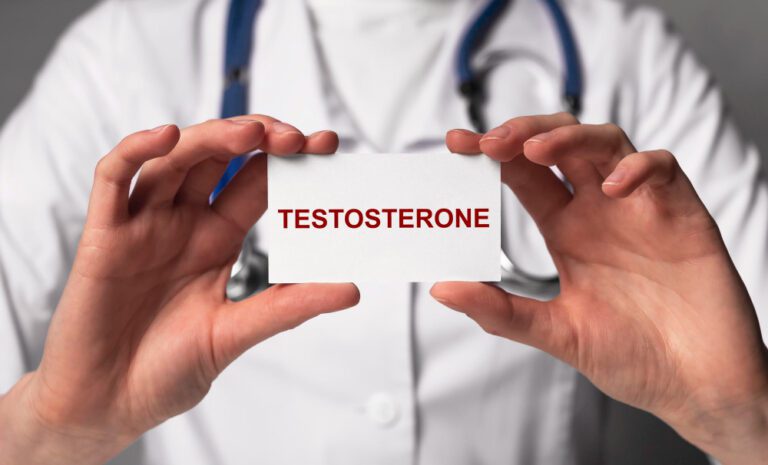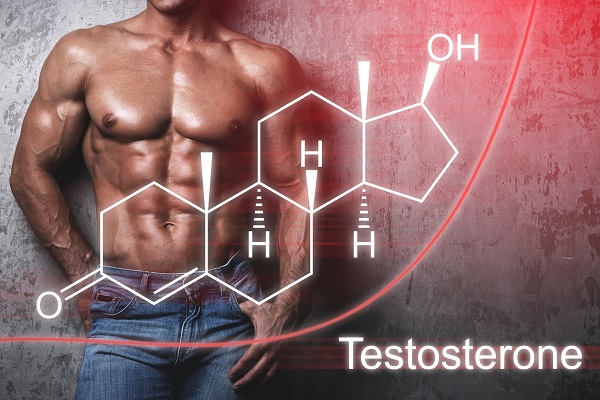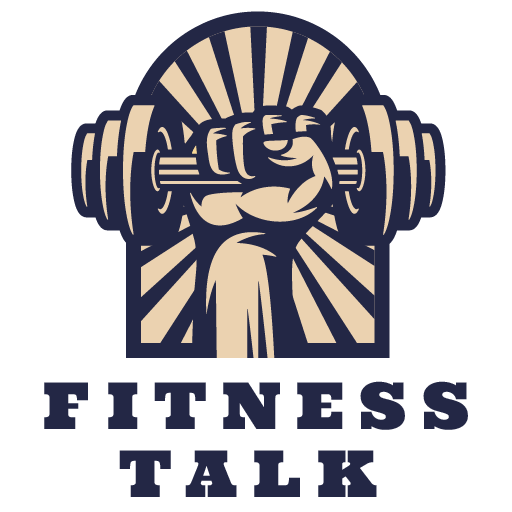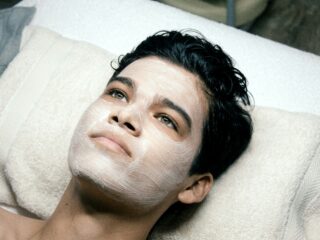
Your initial hospital visit about testosterone replacement therapy commencement represents a critical point to understand your hormonal state. The medical evaluation process for TRT is extensive because many men get treatment for exhaustion combined with reduced sex drive and fluctuating moods, but need rigorous medical screening.
After your initial consultation, you should have sufficient evidence regarding the ability of Testosterone Replacement Therapy to restore both your mental and physical health.
Your First Testosterone Replacement Therapy Visit: Step-by-Step Guide
Here are the things you need to know for your first testosterone therapy:
Share Your Symptoms And Medical History With The Doctor
The first step of your appointment involves discussing all symptoms that prompted your visit. Your doctor requires a full explanation regarding your symptoms, which include weakened energy levels, impaired concentration, diminished muscle size, along sexual health concerns.
The symptoms that you exhibit serve as important indications to determine whether your underlying problem could be low testosterone (low T). Prepare yourself to respond fully to questions that will explore your mental well-being, along with your body condition and your sleep routines, exercise regimes, dietary patterns, and stress exposures.
At this stage, you should share your medical past and present conditions, which involve diabetes, cardiovascular issues, or sleep apnea, since these affect hormone levels.
Undergo A Physical Examination To Assess Overall Health
One of the main examination steps during testosterone replacement therapy consultations remains detailed yet simple. Your doctor begins the examination process by evaluating blood pressure, along with heart rate, and weighing you to calculate your body mass index. Hormone therapy baseline metrics show your overall health status to identify warning signs that would require attention before therapy begins. During the physical examination, doctors usually search for physical signs, including weakened muscle tone together with reduced hair quantity, and stomach weight accumulation.
The genital examination stands as one of the tests performed during this process. The medical assessment of your breast tissue includes testing of reflexes, along with evaluating your skin condition and checking for gynecomastia symptoms, since they sometimes appear with low testosterone levels. Different physical examination elements contribute to building a trustworthy diagnosis through additional received information. The physician will conduct laboratory tests as the second core aspect of your medical appointment after completing the evaluation.
Get Blood Tests To Check Your Testosterone Levels
Blood tests form an essential element in determining whether testosterone levels are low. Medical testing will include measuring total testosterone together with free testosterone, while potentially assessing LH and FSH and estradiol, and thyroid hormone levels. Doctors normally obtain blood specimens during morning hours since testosterone achieves its peak at this time.

The medical objective stands to measure precise hormone concentrations at your present time. Your physician will normally request duplicate morning tests of testosterone on different days as part of verifying your low T condition because hormone levels naturally shift.
Another set of tests includes the complete blood count (CBC) paired with lipid profile measurements and results from both liver and kidney function tests alongside prostate-specific antigen (PSA) to monitor your suitability for treatment and check for underlying medical conditions.
Discuss Potential Causes Of Low Testosterone
Your physician will interpret your blood test results after receiving them. You will go through different explanations when your testosterone measurement shows low results.
The main contributors to low testosterone levels include natural aging, together with chronic stress and obesity, besides diabetes and medication effects as well and sleep deprivation and substance use habits. When hypogonadism develops in the body, it indicates that testicular or pituitary dysfunction causes it to produce insufficient testosterone.
The foundation of this process relies on knowing the true source of the problem. Treatment without medications should resolve minor health problems, including bad sleep patterns and high stress.
TRT functions as a supporting red light therapy mat to balance hormones and control the fundamental medical issue in specific situations. Any therapeutic procedure will target the underlying cause instead of indulging in symptom management through this assessment process.
Explore The Different Treatment Options Available
TRT isn’t a one-size-fits-all therapy. Your physician will demonstrate different delivery systems, including weekly, biweekly testosterone injections or topical gels and skin patches, along with long-acting pellets that the doctor can insert beneath the skin.
The various methods present benefits, together with drawbacks. Better hormone control, together with cost savings, are benefits of injections, but one drawback of gels is the need for daily application and attention to skin contact risks for others.

Multiple factors, such as budget limitations and personal lifestyle and body responses, guide the selection of Testosterone replacement treatment. Each contraceptive method delivers specific information to you explaining its operation, along with monitoring and managing potential side effects and the timing of visible effects.
The healthcare professional encourages your questions and expression of concerns so you feel confident about your treatment choices.
Create A Personalized Treatment Plan With Follow-Up Steps
Your physician will build a specific treatment approach that uses your symptom details, together with test findings, along with aspects of your daily life. The therapy plan will specify both treatment methods as well as medication distribution protocols and the number of scheduled meetings for monitoring treatment outcomes. The process requires follow-up measures that include blood testing as well as health status evaluations besides any necessary adjustments to your care plan.
The doctors who treat you will provide you with exact lifestyle guidance to enhance your hormonal health, including weight control and exercise choices and dietary adjustments, and sleep pattern optimization. The combined aspects define an extensive method for achieving hormone balance while promoting total body health.
Signs You Might Be a Good Candidate for Testosterone Therapy
A doctor can verify that testosterone replacement therapy suits your condition based on ongoing symptoms of low testosterone, including fatigue, together with low sex drive plus erectile dysfunction, and muscle mass reduction with irritability. Men served by TRT experience the most beneficial effects when they have confirmed low testosterone levels determined through repeated blood tests in combination with bothersome symptoms. The next step for you should be TRT once you eliminate other medical reasons for your symptoms through lifestyle adjustments that do not bring relief. A healthcare provider will assess this treatment option in cases of hypogonadism diagnosis.
The medical screening process shows individuals must possess overall good health status with a lack of exclusions, including prostate cancer, untreated sleep apnea, and elevated red blood cell levels.
Final Thoughts
The beginning of testosterone replacement therapy requires a thorough initial clinical appointment to determine candidacy.
The first stage of this procedure helps you share your symptoms and develop customized treatment approaches that focus on meeting your health needs. Starting your hormone assessment at this stage might lead to restoring your natural energy.











